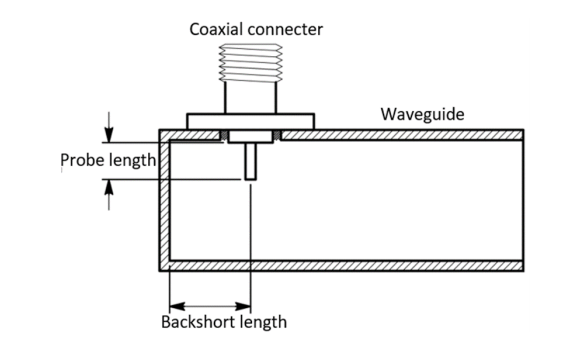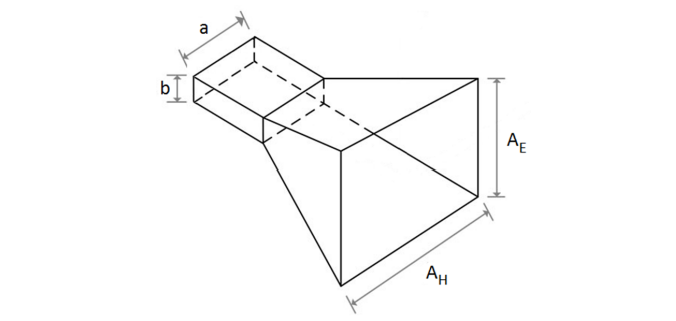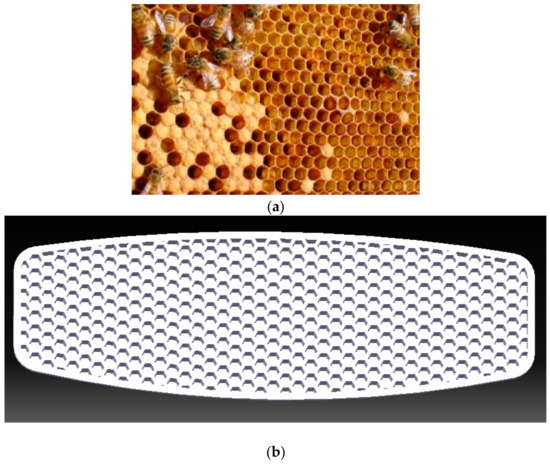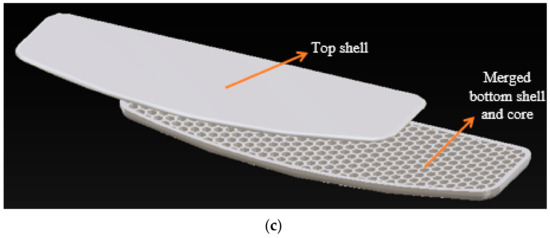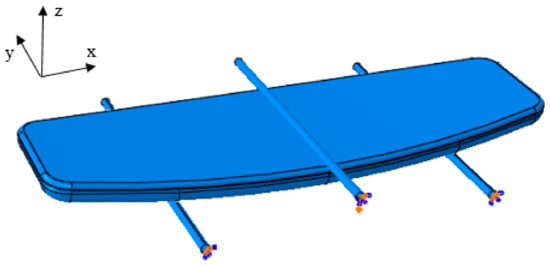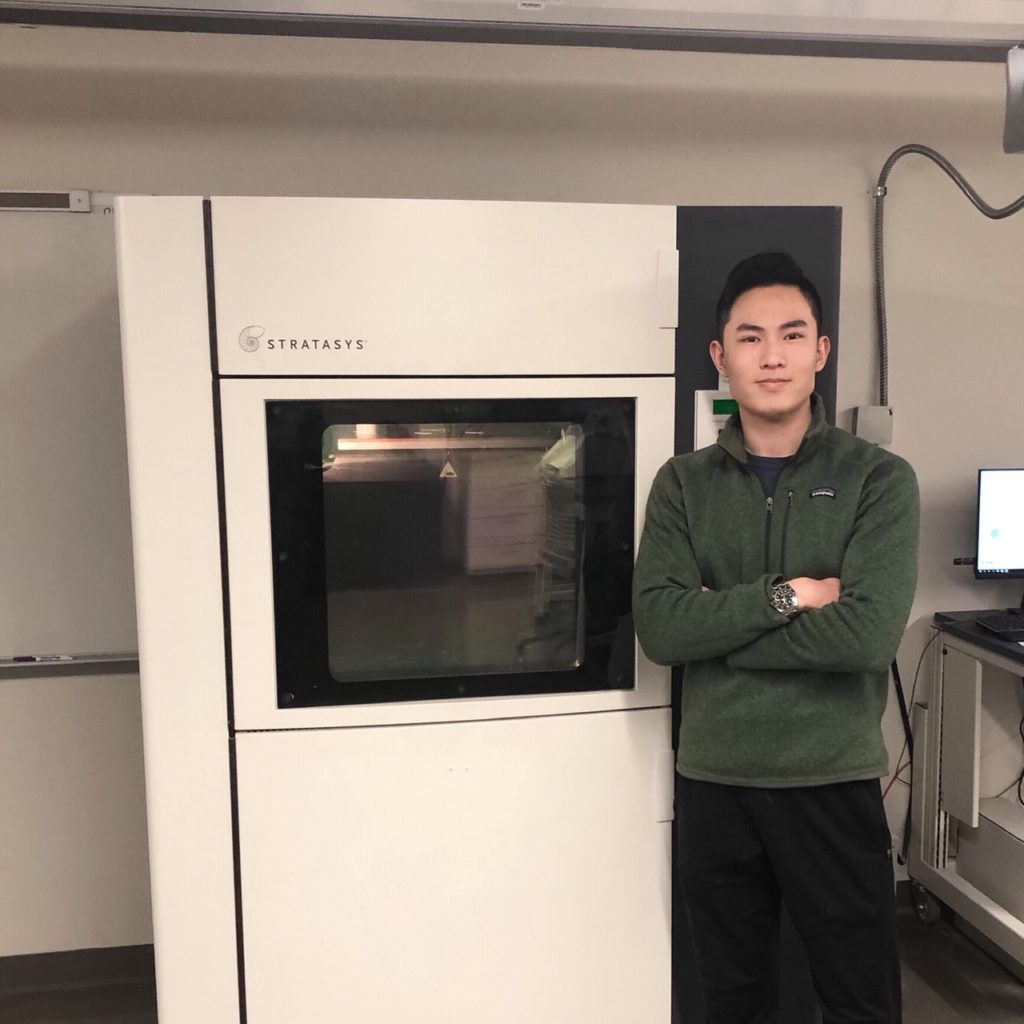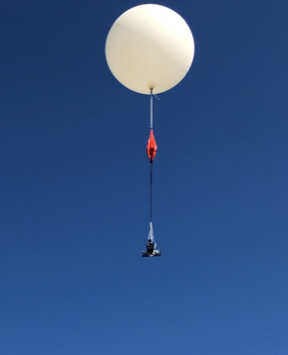Ming Gao has prepared a thesis, ‘Design and feasibility evaluation of low-cost 3D printing of Horn Antennas’, for the Department of Electrical Engineering at the University of Cape Town. Focusing on more affordable microwave and RF devices, Gao explores the realities of using additive manufacturing and metallization techniques, including 3D printing and testing a sample antenna.
The business of creating lightweight antennas continues to grow globally, and especially as the demand for technology like drones grows. In the case of a drone, a typical metallic antenna would weigh too much, especially in applications where the device was responsible for carrying items.
Conventional techniques today involve casting and milling, but they stand in stark contrast to the benefits of 3D printing as they are time-consuming and expensive due to the more materials and amount of precision required. Waveguide dimensions must be exact as antennas are expected to live up to ‘stringent requirements,’ and can also be difficult to make.
Wave guides deliver electromagnetic waves in a variety of formats:
- TEmn mode
- TMmn mode
- TEM mode
Efficiency for an antenna is measured by the amount of power delivered to the antenna itself, relative to the power radiating out, with users showing success in using FDM 3D printing for production of necessary components.
“Beam widths and sidelobe levels are characterizations of the antenna radiation pattern. The beam width is a measure of the main beam at half power, or −3 dB from the peak power, also known as the half-power beam width (HPBW),” said Gao. “Sidelobes represent radiation that is not in the direction of the main beam. The sidelobe level (SLL) of a pattern is measured as the difference between the peak of the main beam and the peak of the first sidelobe to either side of the main beam.”
Using an Ultimaker 2+ FDM-based 3D printer with ABS as the chosen material, the following samples were fabricated:
- X-Band pyramidal horn – this sample was an easy design as Gao had access to a good model for replication within the University’s department. Dimensions were carefully measured for the FEKO simulation, and the antenna was coated with NSCP, a nickel-based conductive spray paint. Measured antenna properties were found to be very similar to the commercially produced horn.
- Ku-Band pyramidal and conical horns – these horns were both metallicized using copper-plating performed by TraX Interconnect, and coating with NSCP. Comparisons showed that the horns did ‘achieve a higher reflection coefficient than simulation,’ but unfortunately, only 3.16 of the power was reflected through the antenna.
“Both horn antennas provide very directional beams and high gain. The benefit of the pyramidal horn is that it is more suitable if low x-pol is needed, but it is also more difficult to metallize due to sharp edges. The conical horn has a symmetrical plane which is suited for dual-polarization and circular polarization, and easier to metallize. However, in contrast to the pyramidal horn, it has a higher x-pol leakage,” concluded the researchers.
“With the limitation of available resources, the overall experiments and measurements showed very promising results, and the 3D printing and conductive coatings have been considered successful. Additionally, the entire fabrication process is very low-cost in comparison to the costs of traditional manufacturing.”

Photograph of fabricated 20 dBi horn antennas operating at 28 GHz: left horn with copper conductive paint and right horn with copper tape on the surface [31].
3D printing has accompanied the design and fabrication of numerous antennas, with new projects resulting in 3D printed antennas for improving multi-beam applications, liquid metal antennas, nanoantenna arrays, and more. What do you think of this news? Let us know your thoughts! Join the discussion of this and other 3D printing topics at 3DPrintBoard.com.
[Source / Images: ‘Design and feasibility evaluation of low-cost 3D printing of Horn Antennas’]
The post University of Cape Town: Feasibility in Design for Affordable 3D Printed Horn Antennas appeared first on 3DPrint.com | The Voice of 3D Printing / Additive Manufacturing.




